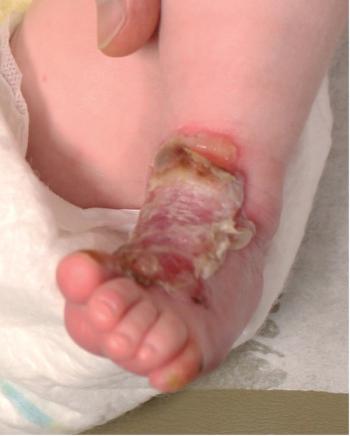
Donna Hallas, PhD, PPCNP-BC, CPNP, PMHS, FAANP, FAAN, recaps her thoughts on the latest issue of Contemporary Pediatrics.

Donna Hallas, PhD, PPCNP-BC, CPNP, PMHS, FAANP, FAAN, recaps her thoughts on the latest issue of Contemporary Pediatrics.

Mike Hennessy JR, President and CEO, MJH Life Sciences, gives readers a company-wide update regarding a 2023 company acquisition and Strategic Alliance Partnerships.

GLP-1 receptor agonists, used to treat diabetes, are now also being used for obesity in children and adolescents.

You are called to the hospital nursery to evaluate a healthy full-term newborn boy who developed painful flaccid blisters and erosions on the tops of his feet and ankles shortly after birth. His mother had a history of similar recurrent skin lesions that healed with scarring. She also had oral and gastrointestinal tract involvement. What's the diagnosis?

A 5-week-old female infant born at 38 weeks presents to her pediatrician with abnormal eye movements. What’s the diagnosis?

A resurgence of this infection, particularly in the pediatric population, has health care providers on alert.

The recent TikTok “Benadryl challenge” is just one example of the online dangers of shared videos among adolescents. Here is what pediatric health care providers should know—and how they can help.

Kirk Thame, MD, associate professor, pediatric gastroenterology, hepatology, and nutrition, Monroe Carell Jr. Children’s Hospital at Vanderbilt, Nashville, Tennessee, explains how linaclotide differs from other treatment options for pediatric functional constipation, and why children will benefit from its recent FDA approval.

This decision marks the first functional constipation treatment approved by the FDA for this patient population.

Nirsevimab’s efficacy against infant hospitalizations due to respiratory syncytial virus was reinforced after a phase 3b clinical trial, demonstrating an 83% reduction in infant hospitalizations.